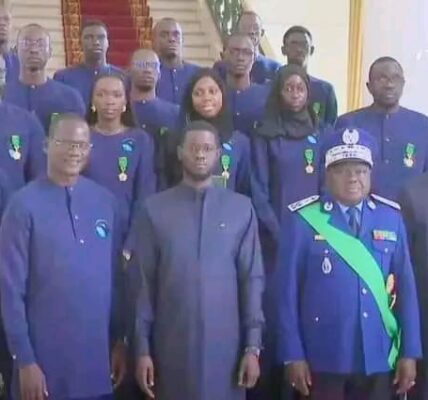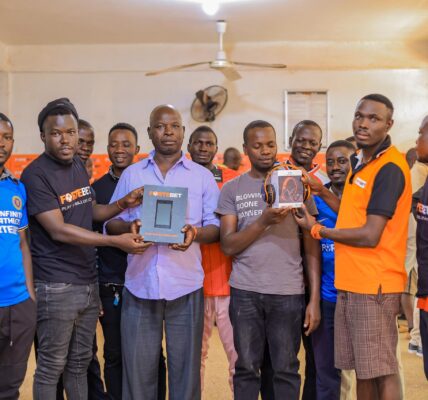Amidst much anticipation, Ghanaian artifacts looted during British colonial rule have finally been repatriated from the UK and the US and are now on public display for the first time this week. Crowds from across Ghana journeyed to the city of Kumasi, the seat of the Asante King Otumfuo Osei Tutu II, known as the Asantehene, to witness the return of these plundered treasures.
“These items virtually represent the soul of the people of Ashanti. We are displaying them here to show that although not all the items looted in 1874 have returned, what we have here still embodies the essence of Ashanti,” remarked the Asantehene, expressing gratitude for their repatriation. Negotiations for the return of these items spanned over 50 years, underscoring the significance of their homecoming.
Earlier this year, London’s British Museum and Victoria and Albert Museum, along with the Fowler Museum of the University of California, fulfilled their pledges by sending back these treasures. This gesture reflects the mounting pressure on Western institutions to reassess their colonial legacies and repatriate stolen artifacts.
Most of the 42 artifacts currently on display in Kumasi were seized during the Anglo-Ashanti Wars, a series of conflicts between the Asante Kingdom and Britain. Many were directly pillaged from the Asante palace, serving as poignant reminders of Ghana’s rich cultural heritage.
For visitors like Laura Akuno, the return of these artifacts marks a significant milestone. “Everything that we see is a piece of history, and bringing it back is returning history to the people to whom it belongs. We own the narrative, and we should tell our story,” she emphasized.
While some of Britain’s national museums are restricted by law from permanently disposing of their collections, 32 objects from the British Museum and Victoria and Albert Museum are currently in Ghana on loan, fostering cultural exchange and reconciliation.





